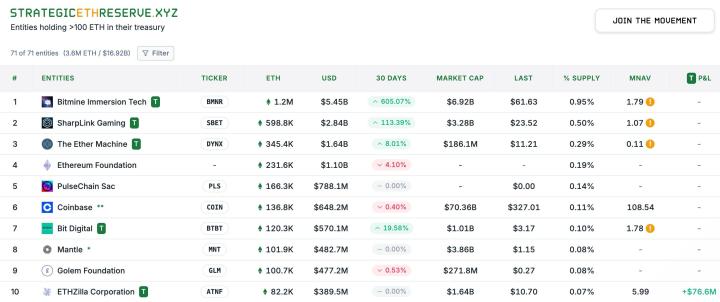Chainfeeds Introduction:
Is Boros actually a potential hedging artifact? Which other protocols might pay for it?
Article Source:
https://x.com/liu_web3/status/1955469990783750617
Article Author:
Alex Liu
Perspective:
Alex Liu: Funding rates are the core mechanism of the perpetual futures market, used to keep contract prices close to spot prices. When long positions dominate, contract prices tend to be higher than spot prices, and the funding rate is positive, with long traders needing to periodically pay fees to short traders; conversely, when short positions are more prevalent, the funding rate is negative, and short traders need to pay fees to long traders. Funding rates thus become an effective barometer of market sentiment, for example, a negative funding rate typically means the market is generally bearish. It's worth noting that even when market sentiment is neutral, the funding rate is usually positive, as long positions often outnumber short positions. Ethena's synthetic dollar stablecoin yield model is precisely built around "funding rate arbitrage": converting part of users' deposited stablecoins into ETH and staking, while simultaneously opening an equivalent short position on exchanges to achieve spot and futures hedging, mitigating price volatility risk. The spot position can obtain approximately 3% annual staking yield, and the short position can earn funding fees paid by long positions in neutral or bullish markets, with this dual income allowing its sUSDe to exceed 10% annual returns in the 2024 bull market, with outstanding risk-adjusted performance. However, in bear markets, short positions need to pay funding fees, and the strategy will be under pressure, with APY significantly dropping, such as recently falling from 12% to below 5%. Therefore, how to lock in high funding rate income becomes an optimization direction. Boros provides a brand new trading tool for funding rate fluctuations. It abstracts the funding rate income of a certain underlying asset in the perpetual futures market within a specific time frame as a "Yield Unit" (YU), where users can buy YU if they are bullish on funding rates, sell if bearish, and must provide collateral. The core trading concepts include Implied APR and Underlying APR: going long on YU is equivalent to paying a fixed funding rate at the time of purchase, in exchange for actual funding fees generated by the real-time fluctuating Underlying APR; going short on YU operates in the opposite direction. This way, Ethena can sell YU corresponding to its short position when funding rates are high, thereby locking in funding rate income. Boros recorded $15 million in open interest and $36 million in notional trading volume on its first day, demonstrating market demand. The Pendle team anticipates that Boros's trading volume could reach 10 times that of its flagship product Pendle V2, as the perpetual futures market's trading volume is already over 10 times that of spot markets, with some structural correspondence between the two. This mechanism can not only serve Ethena but also provide hedging solutions for other protocols relying on funding rate income. Neutrl is another protocol that might benefit from Boros, with its stablecoin yield model depending on OTC discount arbitrage: purchasing locked tokens at a discount and then shorting an equivalent amount of tokens for hedging. However, one of the biggest risks of this strategy is funding rate fluctuation, and extreme funding rates in extreme market conditions could erode returns. The funding rate shorting function provided by Boros precisely solves this pain point, becoming a potential "risk management tool". Currently, Neutrl is in closed beta testing, with TVL exceeding $50 million and having completed a $5 million seed round. However, Boros is still in an early stage with multiple limitations: first, its scale is insufficient to meet the hedging needs of protocols like Ethena with billions of dollars; second, its asset coverage is limited, currently only supporting BTC and ETH funding rates, and to serve projects like Neutrl with large VC token holdings, it needs to expand to more assets and provide corresponding liquidity. Additionally, the potential customer landing of Boros requires more time and market education, with many application scenarios still theoretical. As liquidity grows and asset coverage expands, its product-market fit is expected to further improve.
Content Source







